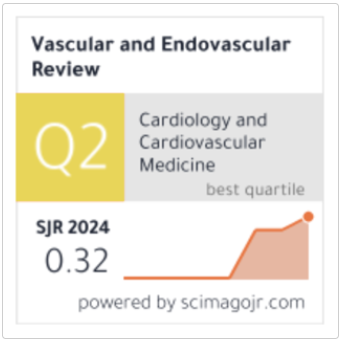Injection Therapies for Rotator Cuff Tears: A Comprehensive Literature Review
Keywords:
Rotator Cuff Tear, Prolotherapy, Secretome, Cell-based therapyAbstract
Introduction: Rotator cuff tears are one of the primary cause of shoulder pain and disability. Conventional non-operative treatments often provide only short-term symptomatic relief without addressing the underlying degenerative pathology, while surgical intervention carries its own risks. This has led to increased interest in injection therapies, notably dextrose prolotherapy and biologic therapies derived from mesenchymal stem cells (MSCs).
Objective: To synthesize and compare the current evidence regarding dextrose prolotherapy versus cell-based and cell-free (secretome) therapies for the treatment of partial-thickness rotator cuff tears.
Methodology: A comprehensive literature review was conducted to compare injections of dextrose prolotherapy, cell-based therapy, and MSC-derived secretome (cell-free therapy). Primary outcomes included functional measures (pain, range of motion, validated scores) and evidence of structural or biological healing (imaging, histology, biomarkers).
Results: Dextrose prolotherapy consistently demonstrated significant long-term improvements in pain and function compared to placebo or conventional care. Cell-based therapies using adipose-derived products were found to be safe and is functionally superior to corticosteroids. As a surgical augment, results were mixed, showing either short-term functional gains or improved long-term structural integrity (reduced retear rates). Cell-free secretome therapy showed strong preclinical evidence for potent anti-inflammatory, anti-apoptotic, and pro-regenerative effects, with early clinical evidence suggesting rapid functional improvement.
Conclusion: Both dextrose prolotherapy and biologic therapies are promising non-operative treatments for rotator cuff tears. Dextrose prolotherapy is a viable and effective option for symptomatic relief. Cell-based and secretome therapies show greater potential for true biological tissue regeneration but require more robust clinical data.








